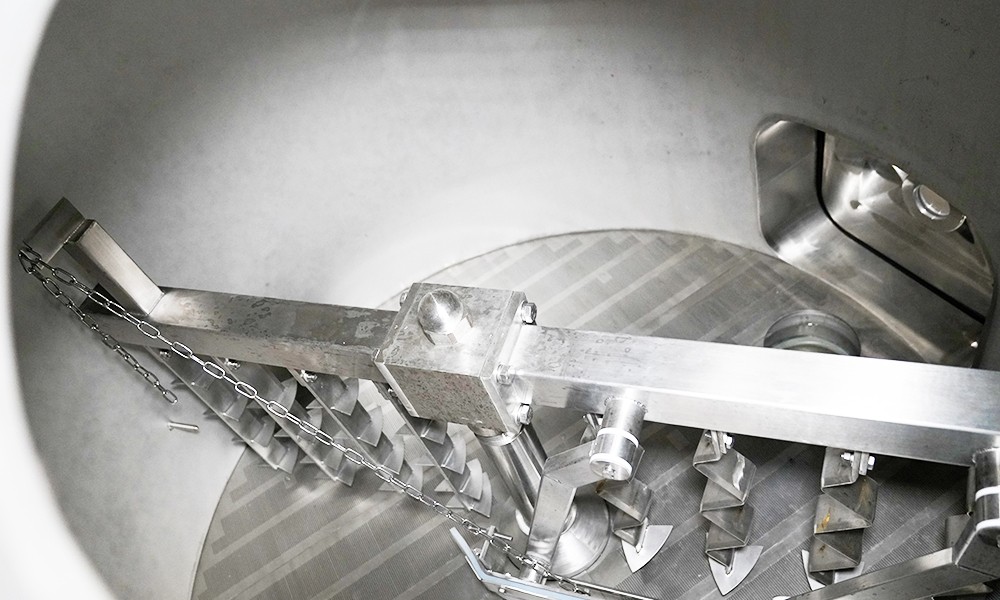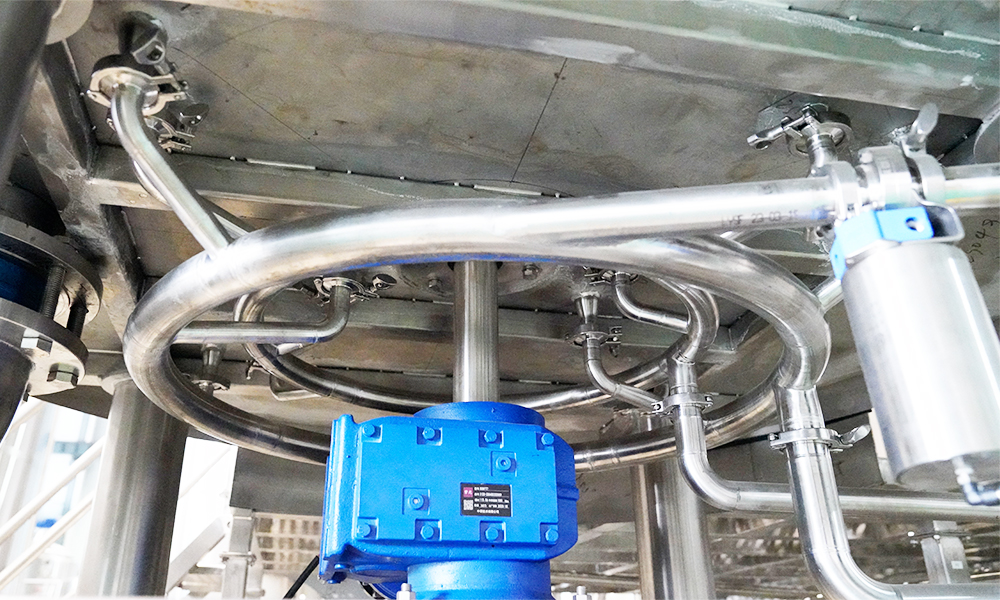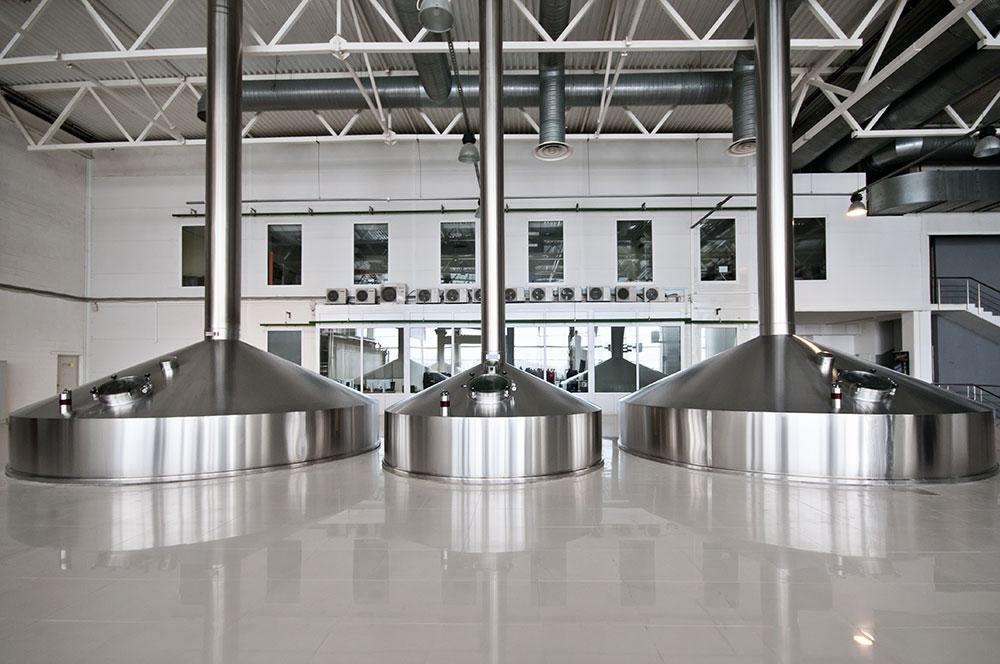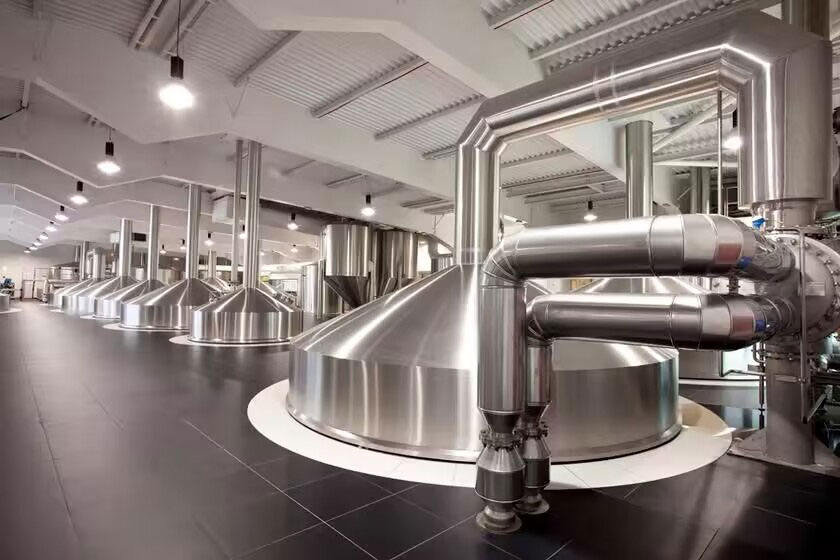Behind every drop of beer, there is a series of delicate and complex process flows. Among them, is the treatment of spent grains after saccharification, which is different due to the size of the brewery. The degree of automation of equipment in small breweries is generally not high. When the filtration is completed, open the side door, open the tiller, use the tiller to push the spent grains in the tank to the door, and then manually use a rake to shovel the spent grains into the frame or a cart. Because the batch is relatively small and the amount of spent grains collected is not much, it is generally directly treated as garbage.
Medium and large breweries equipped with advanced automation control will minimize the manpower in the production workshop. After the filtration is completed, the bottom spent grain outlet valve is opened, the tiller is opened, and the spent grains are pushed down the spent grain outlet by rotation. Generally, a spent grain box is equipped, and the spent grains fall into the spent grain box first. The spent grain box can temporarily store part of the spent grains, but its main function is to act as a buffer between the spent grains’ discharge speed and the spent grains’ transportation speed. It should be noted that: the dregs should be discharged slowly from top to bottom to avoid clogging the pipeline due to too fast dregs discharge; the dregs should not be plowed too deep to avoid deformation of the plowing blade; the plowing machine should not be raised beyond the upper and lower limit marks to avoid scratching the screen plate with the plowing blade. After the residual liquid from washing dregs has flowed out, the plowing blade is adjusted horizontally to discharge the dregs. In the new filter tank, the dregs discharge plate is opened downward, and the dregs fall from the dregs discharge port. The new Dregs discharge port has been improved from the original round shape to an oblate shape, thus greatly improving the Dregs discharge speed.

The dregs fall from the dregs discharge port of the filter tank into the wet dregs conveying equipment under the filter tank. The auger conveys the dregs to the outlet and slightly compresses the dregs. Finally, compressed air is used at the terminal of the auger to press the dregs into the dregs vertical bin. An exhaust plug is used to separate the conveying air from the dregs. The dregs fall into the vertical bin, and the conveying auger conveys them to the transport vehicle. The dregs brewed in large quantities can be sold by the brewery to farms or other enterprises for secondary processing.

From small breweries that shovel spent grains by hand to modern factories that process spent grains with automation and high efficiency, the development of the beer brewing industry is not only a technological innovation but also a practice of the commitment to sustainable development. Spent grains, once regarded as a waste by-product of production, have found new development and uses in the wave of circular economy. It not only reduces resource waste and environmental pollution but also promotes close cooperation between the upstream and downstream of the industrial chain.



